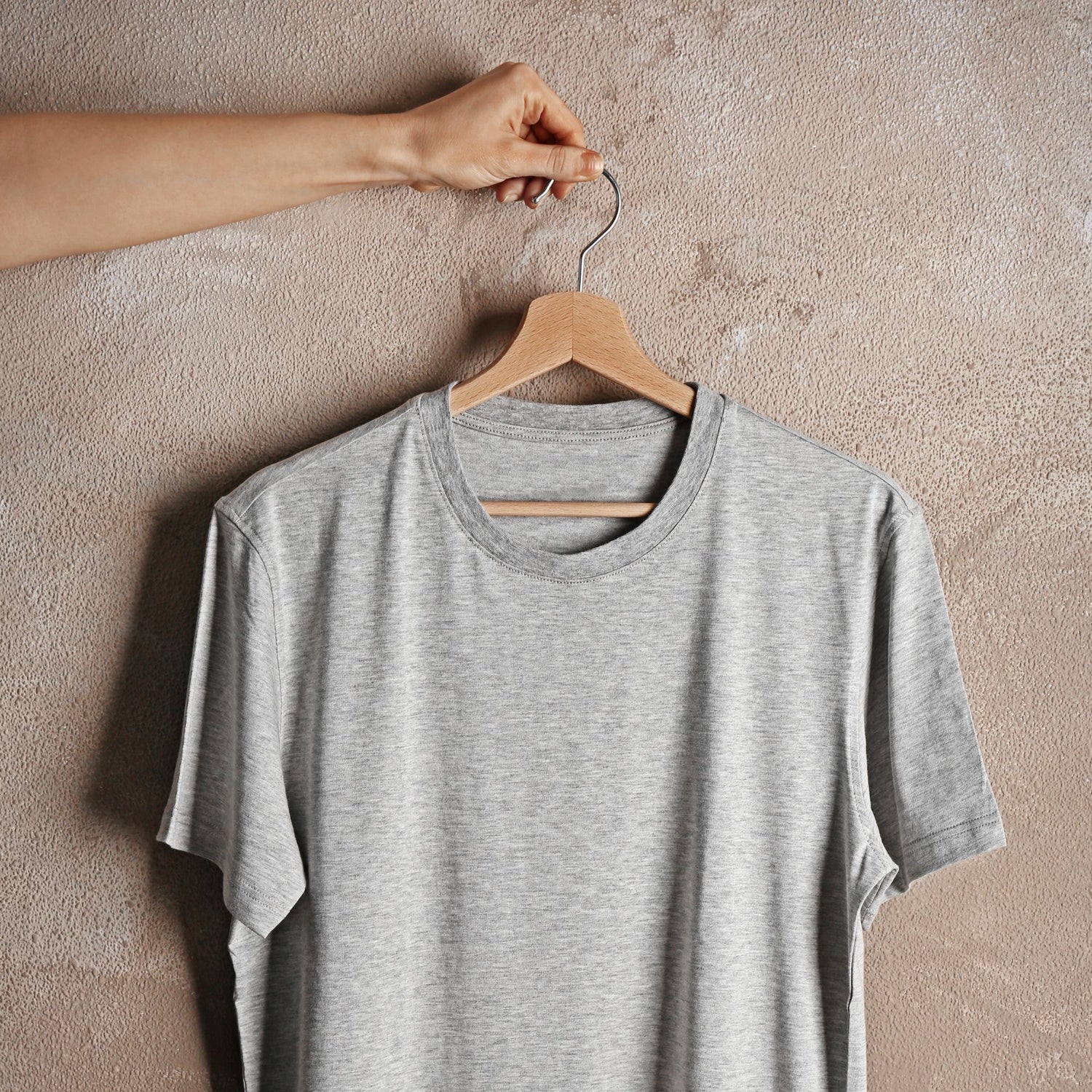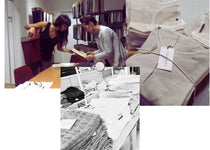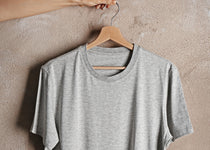
Which neutral colour to wear and how - should you find alternatives to black or not?
Last weekend we had a nice poll among our followers on Instagram about which 'neutral' colours they prefer to wear. Just to be clear: by the term 'neutral' we will mean the classic, basic colours. They are the basis of any wardrobe and can be combined with accent colours. The absolute top favourite was black, followed by white or off-white and navy. The least favourite were the beige and brown colours, which are very much present in stores, magazines and catwalks at the moment. It will be interesting to see if brown really makes a breakthrough the coming seasons, or wil it be more left for the fashion enthousiasts.
In this post I will go through the different variations of the most typical or most popular colours and give advice for different hues of the most popular neutrals, including classic black and white, but also trending browns.
BLACK, ANTHRACITE & GREY

Black is everywhere. Maybe you are wearing some black now? But did you know black is the deepest colour of all the colours? This means it can be potentially harsh for your face. According to colour experts, black actually suits well only a minority of people. It may make you look a little pale, or severe. Shortly: it may not be an ideal colour for you. If we follow the experts, black is best worn by persons with dark and cool colouring, and if you have more contrast in your features (dark hair vs. light skin. for example).
If you are not lucky enough to have black as one of your best colours, you can still make black work for you in different ways, for example by adding another item like scarf or jacket to make it a little softer, and as trousers or skirt it is less next to your face. Next to black you can also opt for softer variants, washed out black or greys. These colours are immediately a little softer. If you know you have a very warm skin type, you could rather opt for warmer neutrals like beige, brown, warm green, camel and cream.
Anyhow everything is personal, if you want to make a statement with a classic black, it is all fine, but maybe you will consider another colour for a day with an important presentation, a party or a job interview.
BROWN & BEIGE

Brown is really trending the last seasons and also the coming seasons you will see a lot of browns. In this category we include also beiges and camels. What may be relevant for you is to distinguish which brown can work for you. Is it dark or light? Does warm brown work for you, or rather a cooler variant? The difference you will see if you check how much yellow you can see in the colour. The more yellow in the colour, the warmer. Cooler browns have more blue added to them.
If you have clearly warmer tones, you can opt for warmer browns. But if you already know too warm browns do not suit you, you can opt for more neutral or cool cacao brown and taupes.
VERSION OF NAVYS

Navy has also a lot of different options from dark to medium light, sharp to muted blues. Although blue is definitely a cool colour, there is always some blues suitable for everyone. Here the blue in the middle has a tone which works better for warmer skintones, due to some added warmth. The third colour is a little washed out variant and ideal if you would need or prefer a softer lighter navy.
WHITES

With whites it is the same: there is a lot of variation. Pure white can de difficult to wear, for most of us, just like the black is. You can then opt for a warmer creamy tint, if you have warmer colouring, or an off white tint, with more greyish colour added to the white, if the cream does not go well with you. If you are unsure just test in the stores which one is best for you.
GREENS

Greens are popular neutrals too, bubbling under the rest of the options presented here. We all know khaki and olive green, which definitely is one option for a neutral colour. Often khaki is a rather warm colour, so if you tend to have a cooler skintone, you can rather look a more blueish green. In darker colours pine green can be an alternative to khaki.
AND STILL MORE OPTIONS
We could go on to list burgundy, aubergine, taupes and yet more colours as options for neutrals for your closet, but we will leave this to the next time.
HOW MANY NEUTRAL COLOURS SHOULD I USE?
It all depends. If you really go for a neutral minimalistic look and opt to wear no accent colours at all, you could use several neutrals. If you have a very strong bold style and like to combine loads of colours, you can do less, or maybe even none.
Lately there is strong trend to use more neutral colours, especially if you are going for a small capsule collection. This way the colour palette will stay limited and all pieces work well together. But for most of us some accent colours are still very welcome: reds, different blues, pastels, purples, yellows, and also prints and patterns.
For the rest of us, maybe a good way to start is to work with 1-2 darker or medium dark neutrals and one light neutral. If you are very light in your own colouring you might want to do this the other way around and add more light neutrals than dark. If you now have a wide selection of neutrals, you can work towards less options, as this may help you make easier combinations every day.
Remember that all these colours can be used as accents too. A khaki jumper can be for someone a neutral basic, and for someone an added accent colour. It all depends on how we use the colours.
HOW TO FIND THE RIGHT COLOURS IN STORES
You may have made a list of the colours you are looking for. But it can be challenge to find the exact right colour, for example if you have now listed a warm beige, or a soft navy on your wish list. From experience many of us can say that buying the exact right colour online can be extremely tricky. The light conditions at the photos can be very different, so comparing different navy options on your screen can be impossible.
In the store things are is easier. The best thing is to compare different versions of the same colour next to each other. This way you can compare which one is light, which one is warmer, which one is brighter.
The lighting in stores can play a role in how you see the colours. Go next to a window or the door to doublecheck the colours in natural lighting.
Ask for help, the team in the stores has mostly a lot of experience and can help you to see which colour they think looks best for you.





